How to Farm Habanero Peppers in Nigeria: A Step-by-Step Guide.
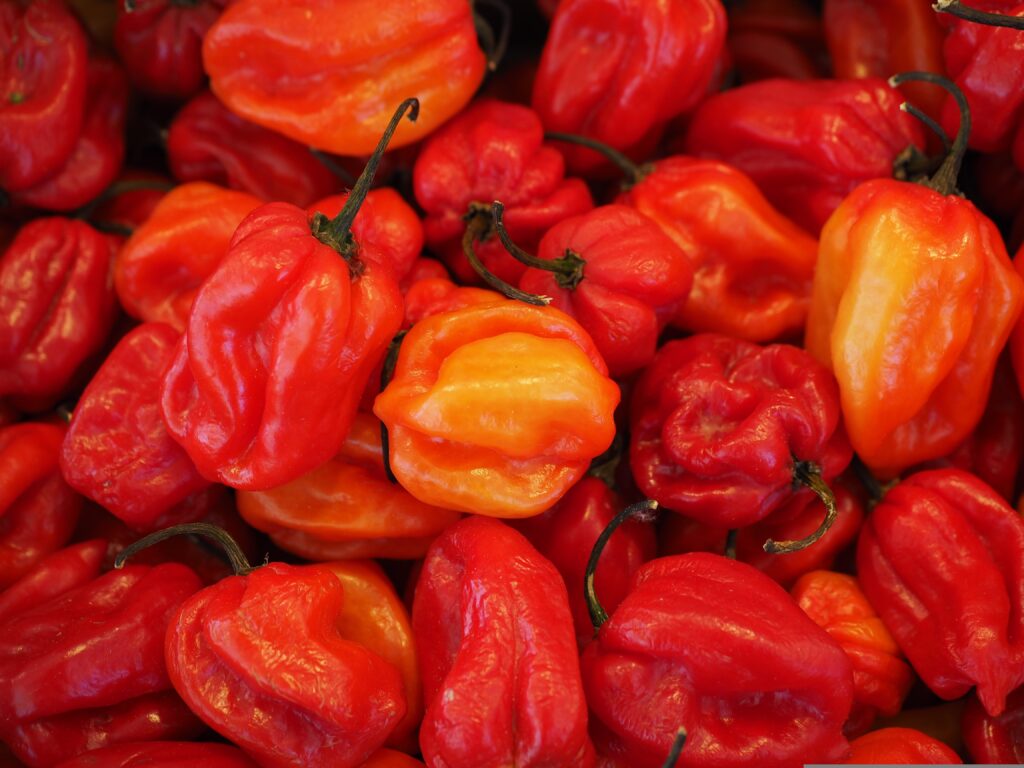
Habanero peppers—can you imagine a Nigerian cuisine without this fiery, flavorful fruit? Neither can I! Locally known as ‘atarodo ‘, habanero peppers are among the hottest in the world with a Scoville scale of 100,000-350,000, they are celebrated for their spicy kick and savory aroma. A staple in nearly all Nigerian dishes, their consistent demand makes them a lucrative option for farming on a medium or large scale.
So, how can you tap into this thriving market? In this post, we’ll explore the essential steps to get started with habanero farming and share practical tips to enhance your farming operations for maximum yield and success.
Key Steps to take for successful cultivation of Habanero Peppers
Cultivating high-quality habanero peppers requires careful attention to several essential steps. Whether you’re farming for personal use or commercial purposes, understanding these critical areas will set you on the path to success. Here’s a guide to provide an overview of the key areas to focus on, including:
- Site Selection
- Soil Preparation
- Seed Selection
- Seedling Production/Nursery Preparation
- Transplanting
- Irrigation
- Fertilizer Application
- Pest and Disease Management
- Harvesting
Ready to dive in? Let’s get started!
Site selection
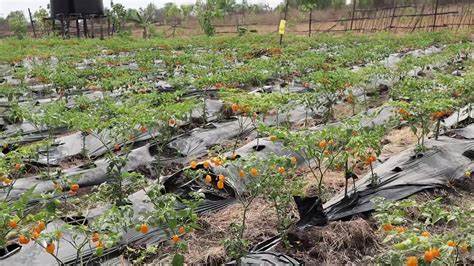
The very first step in successful habanero farming is choosing a suitable site. Habaneros thrive in warm, sunny, tropical environments, making it essential to select a location that receives plenty of direct sunlight throughout the day.
To promote optimal growth, ensure that the soil is:
- Well-drained to prevent waterlogging.
- Fertile, with sufficient organic matter.
- pH-balanced, ideally between 6.0 and 7.0.
Additionally, ensure the site has access to a reliable water source, as consistent and adequate irrigation is crucial in order to achieve a high-yielding habanero crop.
Soil preparation

Soil Preparation
Habanero peppers demand well-drained sandy-loam soil that is rich in organic matter to thrive. Proper soil preparation is a crucial step to ensure a healthy and productive crop. Before planting, follow these key cultural practices:
- Weeding: Remove all unwanted plants to eliminate competition for nutrients.
- Clearing Debris: Ensure the field is free from rocks, stumps, and other obstructions.
- Tilling: Loosen the soil to a depth of at least 20 cm to improve aeration and root penetration.
- Plowing and Harrowing: Break the soil into finer particles for better seedbed preparation.
- Incorporating Organic Matter: Add compost or other organic materials to boost soil fertility and enhance water retention.
Proper soil preparation lays the foundation for a robust habanero crop and maximizes your chances of success.
Seed selection

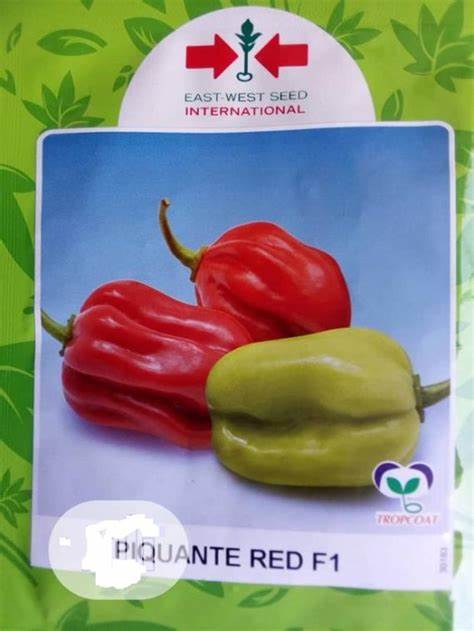
In Nigeria and other parts of Africa, habanero varieties include Efia, red savina, super habanero, piquante red, Caribbean red, orange habanero and so on. In the selection of habanero varieties, it is important to choose a seed with favourable qualities such as;
- Seeds well suited to the local climatic conditions
- Disease resistance
- High market appeal
First thing to remember: it is highly recommended to purchase certified seeds from reputable suppliers.
Seedling production
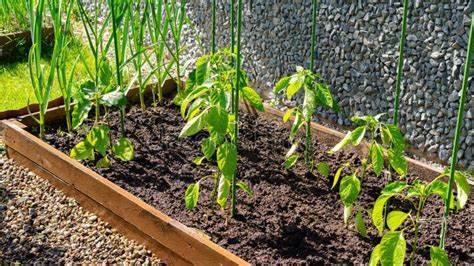
For successful habanero cultivation, seeding production is essential. It is advisable to not plant seeds directly into the soil but to prepare a nursery under controlled conditions to maximize productivity.
Habanero seedlings can be nursed in a number of ways including the use of;
- nursery bed
- seedling tray
I. Preparing a nursery bed for Habanero Peppers

Build the Bed: Use wood and cement bags underneath to prepare a bed about 1 meter wide. The soil mix should include an equal combination of coco peat, compost, and soil. Level the bed to prevent erosion.
Pathways: Allow a 1-meter path between beds for easy access.
Fertilizing the Nursery Bed:
If suitable soil is unavailable, apply one of the following options:
- Mix 1 kg (or 3 milk tins) of 15:15:15 compound fertilizer per 10 sqm bed.
- Alternatively, apply 2–4 head pans of well-rotted farmyard manure, 1 milk tin of superphosphate, and 2 milk tins of ammonium sulfate
Bed Fumigation:
- The soil in nursery beds should undergo treatment to eliminate pests, fungi, weeds, and other harmful organisms.
- It is advisable to use Vapam at a ratio of 1 liter per 20 liters of water for a bed measuring 1 m x 10 m.
- After application, ensure the soil is thoroughly moistened to a depth of 15 cm and covered with palm fronds.
- Wait 9–10 days before planting seeds.
- If fumigants are unavailable, heat treatment can be applied by burning organic waste on the beds and removing the resulting ash.
Sowing:
- Prepare the nursery: Water the soil well the day before planting the seeds.
- Make rows: Create shallow lines (5–10 cm apart) across the soil.
- Plant seeds: Place about 100 seeds in each row and cover them lightly with soil.
- Thin the seedlings: After 15–20 days, leave one plant every 2.5 cm in the row by removing extra seedlings.
Alternatively:
- You can make small holes in the soil, spaced 4 cm apart, and drop 3–4 seeds in each hole. Later, leave just one plant per hole.
II. Use of seedling trays
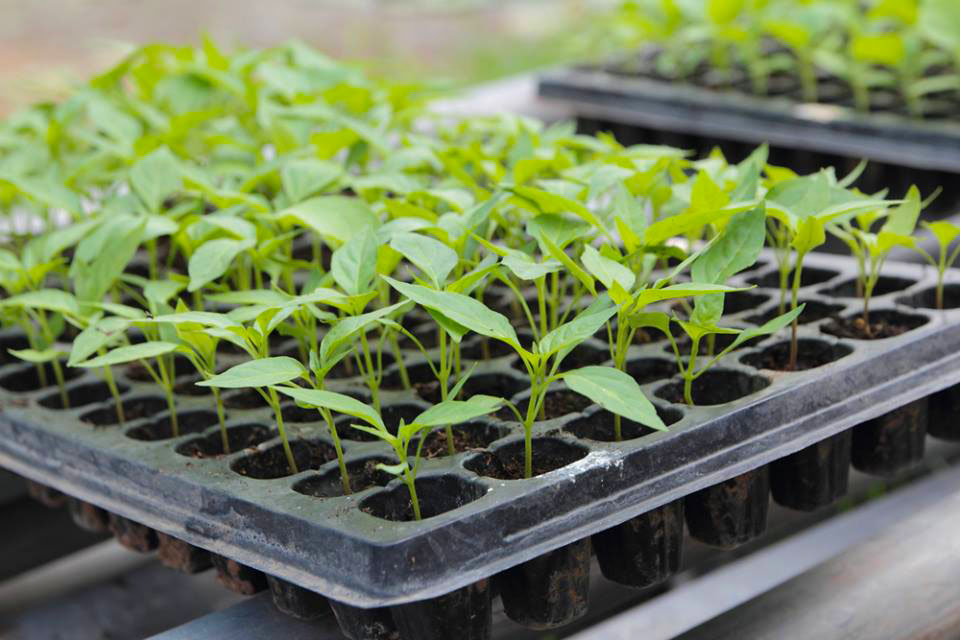
Seeds can also be planted in a tray with Soil or Coco peat or an equal combination of both if available, keeping the same 4 cm x 4 cm spacing.
Shading
To protect young seedlings from intense sunlight and heavy rains, provide shade in the nursery using simple structures like palm fronds on poles about 50 cm above the plants. This shading helps maintain a balanced microenvironment for early growth. Around 30 days after sowing, gradually reduce shading by removing half the fronds, and remove the rest after 40 days. This process hardens the seedlings, preparing them for transplanting into open fields.
Watering
Seedlings require consistent moisture to thrive. Water them every morning, ensuring the soil is evenly moist but not waterlogged. Excessive watering can weaken the seedlings, making them vulnerable to diseases like damping-off. During the hardening phase, reduce the frequency and amount of water to encourage stronger roots and better resilience in outdoor conditions.
Disease and Pest Control
Regular inspection of seedlings for diseases and pests is crucial. Spray with appropriate fungicides and insecticides, such as Dithane for fungal infections and Ambush for pest infestations, to ensure healthy growth. Always follow recommended dosages to avoid plant damage or environmental harm. Integrated pest management, including crop rotation and removal of infected plants, is also effective for disease prevention.
Transplanting
Land Preparation
Prepare the planting area at least a week before transplanting to ensure optimal soil conditions for habanero growth. Follow these steps:
- Clear the Land: Remove weeds, debris, and other obstructions.
- Plough and Harrow: Create a fine, well-aerated soil structure to promote root penetration and plant health.
- Bed Formation:
- Construct beds approximately 1 meter wide, with the length adjusted to fit your space.
- Allow pathways between beds for easy access.
- Add Organic Matter: Incorporate organic compost or fertilizers during land preparation to improve soil fertility and support strong plant development.
Habanero Pepper Seedlings are ready for transplanting when they have developed 4–6 true leaves, indicating that they are robust enough to thrive in open fields. Furthermore, Transplanting is best done:
- In the late afternoon or on cloudy days to minimize transplant shock caused by heat and sunlight.
- After thoroughly watering both the nursery and the planting beds to prevent root damage and ensure smooth transition for the seedlings.
Spacing
Proper spacing is essential for optimal growth and yield:
- Rows per Bed: Arrange two rows per bed.
- Row Spacing: Space rows 70 cm apart to allow for air circulation and ease of maintenance.
- Plant Spacing: Space plants 50 cm apart within each row to ensure each plant has adequate room to grow and access nutrients.
By following these steps, you can ensure your transplanted seedlings establish quickly and grow into healthy, high-yielding habanero plants.
Irrigation
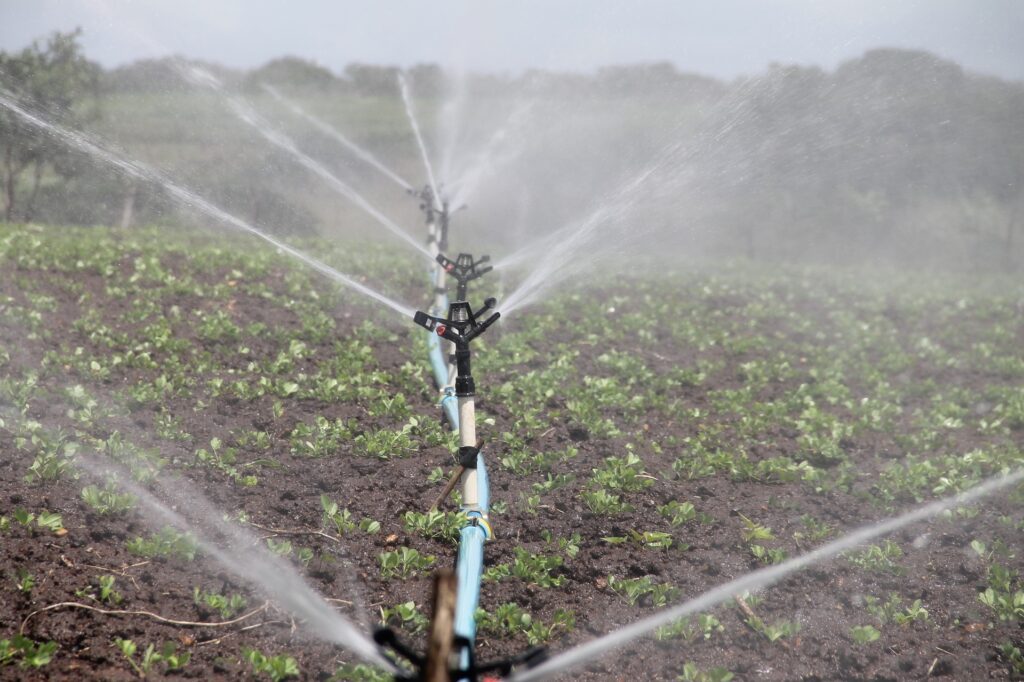
Irrigation is required to maintain consistent moisture in habanero farming especially when there is insufficient rainfall or during the dry season. It is particularly crucial during at the flowering stage to ensure optimum growth and healthy yield. Consider implementing drip or sprinkler irrigation for this particular operation.
Note: You may want to turn off your irrigation system during the rainy season or periods of heavy rainfall to avoid waterlogging which can harm plant roots and reduce productivity.
Fertilizer application
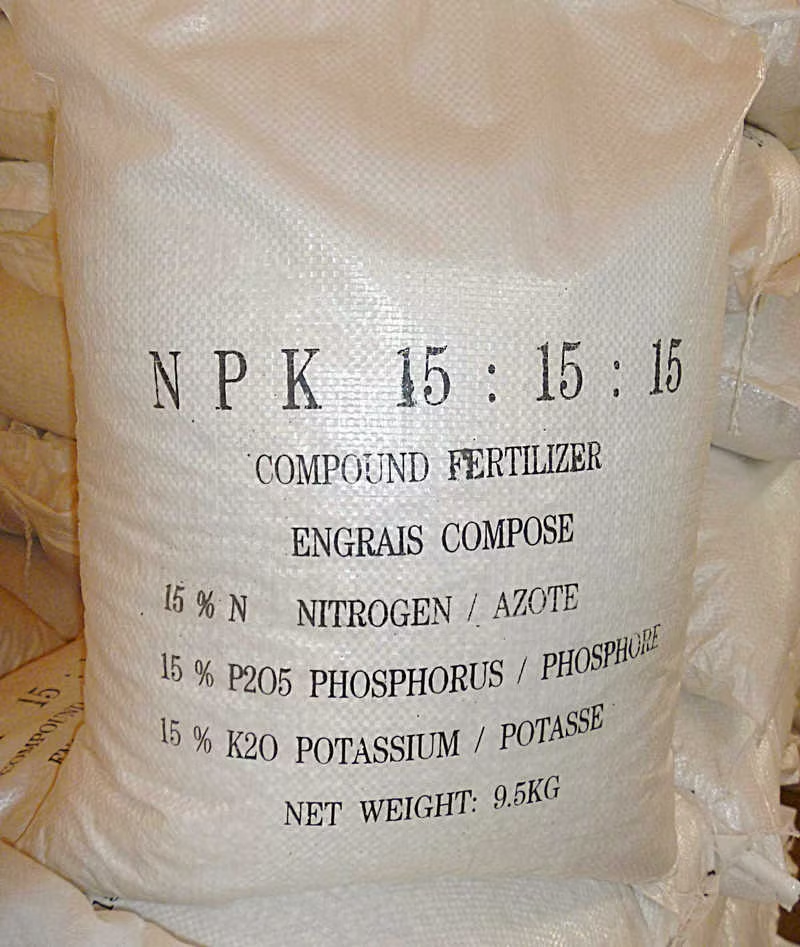
Fertilizer plays a crucial role in promoting healthy growth and maximizing yield in habanero pepper farming.
First Application
- Apply a balanced fertilizer, such as NPK 15:15:15, two weeks after transplanting.
- Use approximately one matchbox of fertilizer for every two plants.
- Sprinkle the fertilizer around the base of each plant, creating a circular groove 4–7 cm away from the stem.
- Then, lightly cover the fertilizer with soil and water the plants immediately to ensure proper absorption.
Second Application
- Apply the second round of fertilizer during the flowering stage.
- Use one matchbox of fertilizer per plant.
Pests of Habanero Peppers
- Fruit Fly (Ceratitis capitata): This pest feeds on the fruit flesh, leaving only the transparent skin.
Control Measures: Spray weekly with insecticides such as Sevin 85 WP (10 g per 10 liters of water). - Borers (Lepidoptera spp.): These pests damage the inside of the fruit.
Control Measures: Regularly spray with recommended insecticides and remove heavily infested fruits to prevent further spread. - Scales and Mealybugs: These pests often occur on the stems of older plants.
Control Measures: Apply insecticidal soap or neem oil to affected areas and prune infested stems if necessary.
Diseases of Habanero Peppers
- Bacterial Wilt: A serious disease characterized by wilting and the death of young leaves and growing points.
Control Measures: Remove and destroy affected plants and plant resistant varieties to minimize outbreaks. - Viral Infections: Symptoms include reduced leaf size, leaf curl, mottling, vein clearing, puckering, and stunted growth.
Control Measures:
- Practice crop rotation and avoid growing peppers on the same plot for 3–4 consecutive years.
- Remove infected plants immediately to limit the spread of the virus.
- Fruit Rot (Colletotrichum capsici): This disease can cause significant fruit loss.
Control Measures: Maintain good field sanitation, avoid waterlogging, and use fungicides when necessary.
Harvesting Habanero Peppers

Finally, we harvest our habanero peppers when they reach their mature size and color—usually red or beginning to turn red, depending on the variety. Habanero peppers usually mature 90 to 100 days.
- Use sharp tools and avoid plucking when harvesting to prevent damaging the plants for future yields.
- Regular harvesting, about once or twice a week, encourages continuous production.
- With proper care, varieties like ‘Tatase’ and ‘Atarodo’ can produce fruit for up to two years.
Growing habanero peppers in Nigeria can be a rewarding and profitable venture if done right. From preparing your soil and choosing the best seeds to mastering the right planting techniques and maintaining a solid care routine, every step plays a key role in ensuring a bountiful harvest.
With regular harvesting and proper care, varieties like ‘Tatase ‘ and ‘Atarodo’ can produce peppers for up to two years, offering long-term returns. By following these essential tips, you’ll be well on your way to growing high-quality habanero peppers that are in demand both locally and globally.
So, whether you’re starting small or scaling up, this fiery crop could become a valuable part of your farming success!
share this post:
